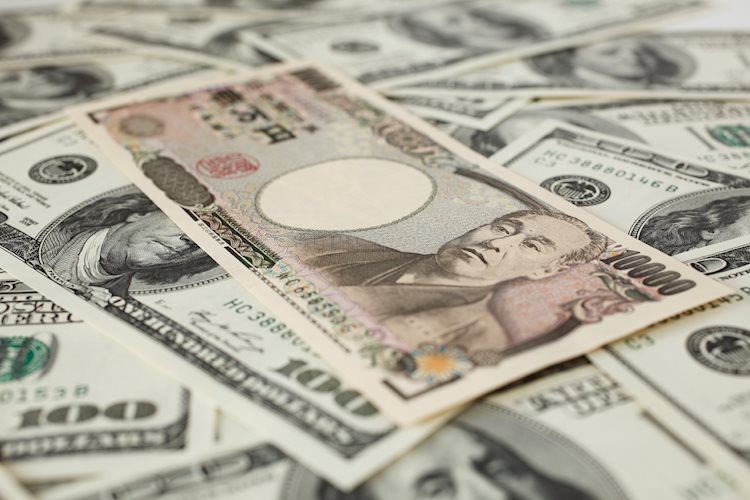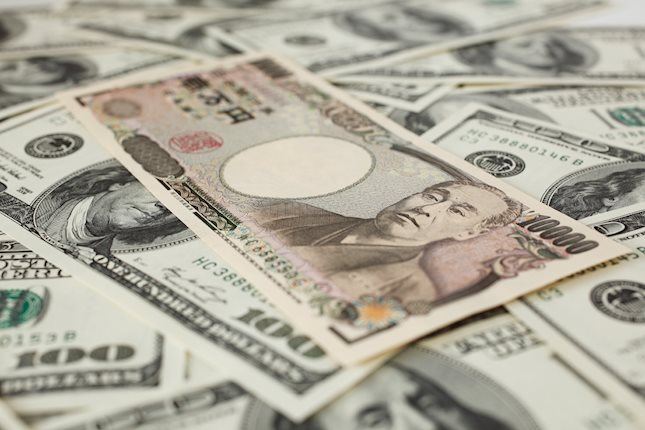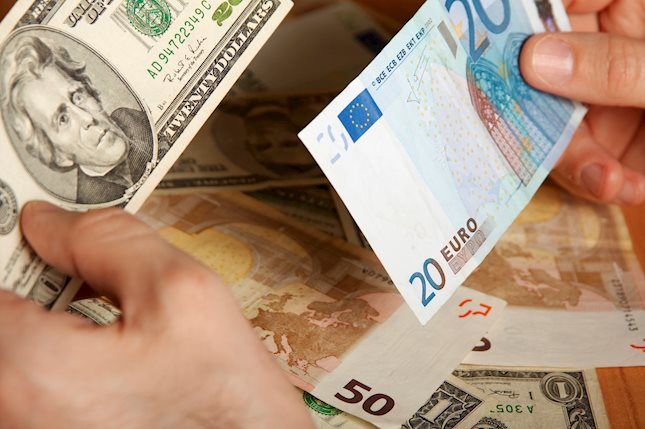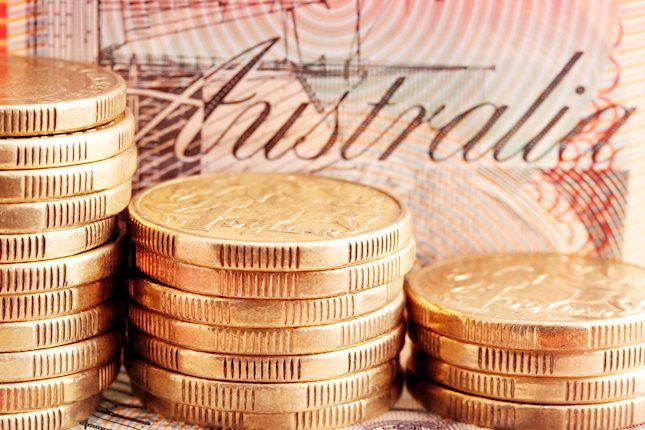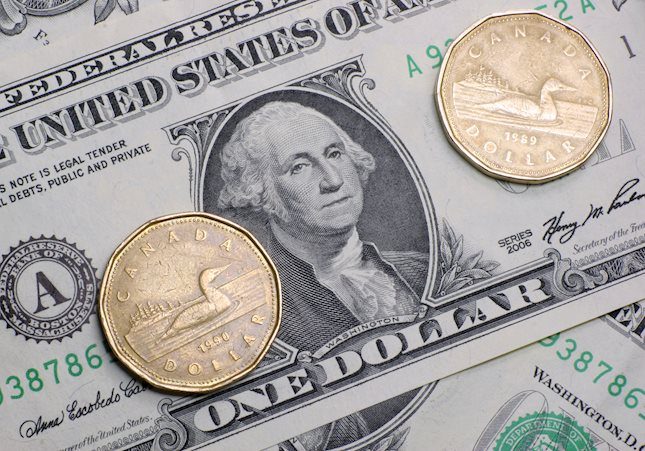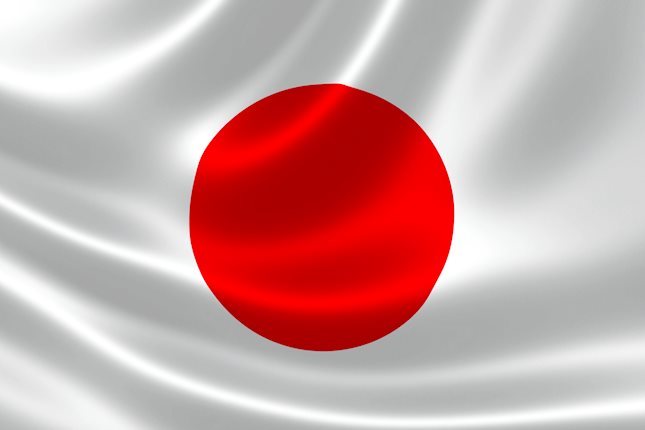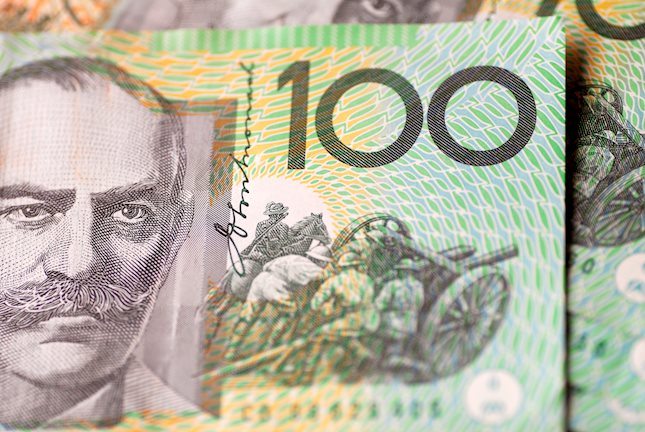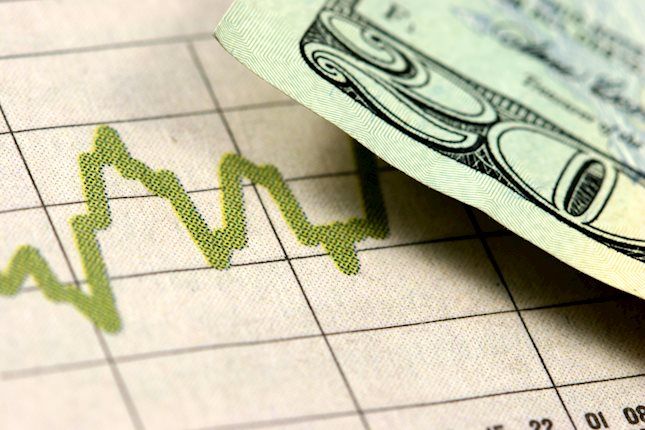Japanese Yen recovers further from multi-month low against USD, bulls seem non-committed
- The Japanese Yen attracts buyers for the second straight day after verbal intervention by authorities.
- Mixed Tokyo consumer inflation figures dampen hopes for more BoJ rate cuts and should cap the JPY.
- Bets for less aggressive Fed easing favor the USD bulls and should offer some support to the USD/JPY.
The Japanese Yen (JPY) turns positive for the second straight day against its American counterpart and recovers further from the lowest level since July 31, around the 153.20 region touched earlier this week. The recent verbal intervention by Japanese authorities turns out to be a key factor that offers some support to the JPY. Meanwhile, the US Dollar (USD) bulls remain on the sidelines amid a modest downtick in the US Treasury bond yields, which, in turn, contributes to the offered tone surrounding the USD/JPY pair.
That said, doubt over further interest rate hikes by the Bank of Japan (BoJ) in 2024, amid the election-related uncertainty in Japan and a fall in Tokyo's core inflation rate below the 2% target, might cap any further JPY appreciation. Apart from this, a generally positive risk tone warrants some caution before placing aggressive bullish bets around the safe-haven JPY. Adding to this, bets for smaller rate cuts by the Federal Reserve (Fed) might continue to act as a tailwind for the Greenback and limit losses for the USD/JPY pair.
Daily Digest Market Movers: Japanese Yen draws support from recent verbal intervention by authorities
- The Statistics Bureau of Japan reported this Friday that the headline Tokyo Consumer Price Index (CPI) rose by the 1.8% YoY rate in October as compared to 2.2% in the previous month.
- Further details revealed that Core CPI, which excludes volatile fresh food prices, grew 1.8% in October, down from 2% in the prior month but slightly above market expectations of 1.7%.
- A core reading that excludes both fresh food and energy prices, rose from 1.6% in September to 1.8% during the reported month, still below the Bank of Japan's 2% target.
- This follows a private-sector survey on Thursday, which showed that business activity in Japan's manufacturing and services sectors contracted in October, and points to weak economic conditions.
- This adds to the election-related uncertainty in Japan and raises doubts over the BoJ's ability to hike interest rates further this year, and is seen weighing on the Japanese Yen on Friday.
- Japan's Economy Minister Ryosei Akazawa said that it is important for currencies to move in a stable manner reflecting fundamentals and that a weak yen has various impacts on the economy.
- Japan's vice finance minister for international affairs, Atsushi Mimura, said earlier this month that excess volatility in FX market is undesirable and that authorities are closely watching FX moves.
- The US Dollar stalls the previous day's pullback from a three-month high amid bets for a less aggressive policy easing by the Federal Reserve and offers support to the USD/JPY pair.
- Friday's US macro data – Durable Goods Orders and the revised Michigan Consumer Sentiment Index – might provide some impetus as investors await Japan’s election on Sunday.
Technical Outlook: USD/JPY could accelerate the corrective slide once 151.50 immediate support is broken
From a technical perspective, weakness below the 151.60-151.55 area could drag the USD/JPY pair to the 151.00 mark. Any further decline is likely to find decent support around the 150.65 confluence resistance breakpoint, comprising the 200-day Simple Moving Average (SMA) and the 50% Fibonacci retracement level of the July-September downfall. The latter should act as a key pivotal point, which if broken decisively will suggest that the recent rally since the beginning of this month has run out of steam and shift the bias in favor of bearish traders.
On the flip side, momentum beyond the 152.00 mark could extend further towards the 152.60-152.65 region. Some follow-through buying should allow the USD/JPY pair to reclaim the 153.00 round figure. The latter is closely followed by the 61.8% Fibo. level, around the 153.20 area, which if cleared should pave the way for additional gains towards the 154.00 mark and the 154.30 supply zone.
Bank of Japan FAQs
The Bank of Japan (BoJ) is the Japanese central bank, which sets monetary policy in the country. Its mandate is to issue banknotes and carry out currency and monetary control to ensure price stability, which means an inflation target of around 2%.
The Bank of Japan embarked in an ultra-loose monetary policy in 2013 in order to stimulate the economy and fuel inflation amid a low-inflationary environment. The bank’s policy is based on Quantitative and Qualitative Easing (QQE), or printing notes to buy assets such as government or corporate bonds to provide liquidity. In 2016, the bank doubled down on its strategy and further loosened policy by first introducing negative interest rates and then directly controlling the yield of its 10-year government bonds. In March 2024, the BoJ lifted interest rates, effectively retreating from the ultra-loose monetary policy stance.
The Bank’s massive stimulus caused the Yen to depreciate against its main currency peers. This process exacerbated in 2022 and 2023 due to an increasing policy divergence between the Bank of Japan and other main central banks, which opted to increase interest rates sharply to fight decades-high levels of inflation. The BoJ’s policy led to a widening differential with other currencies, dragging down the value of the Yen. This trend partly reversed in 2024, when the BoJ decided to abandon its ultra-loose policy stance.
A weaker Yen and the spike in global energy prices led to an increase in Japanese inflation, which exceeded the BoJ’s 2% target. The prospect of rising salaries in the country – a key element fuelling inflation – also contributed to the move.
Forex News
Keep up with the financial markets, know what's happening and what is affecting the markets with our latest market updates. Analyze market movers, trends and build your trading strategies accordingly.
